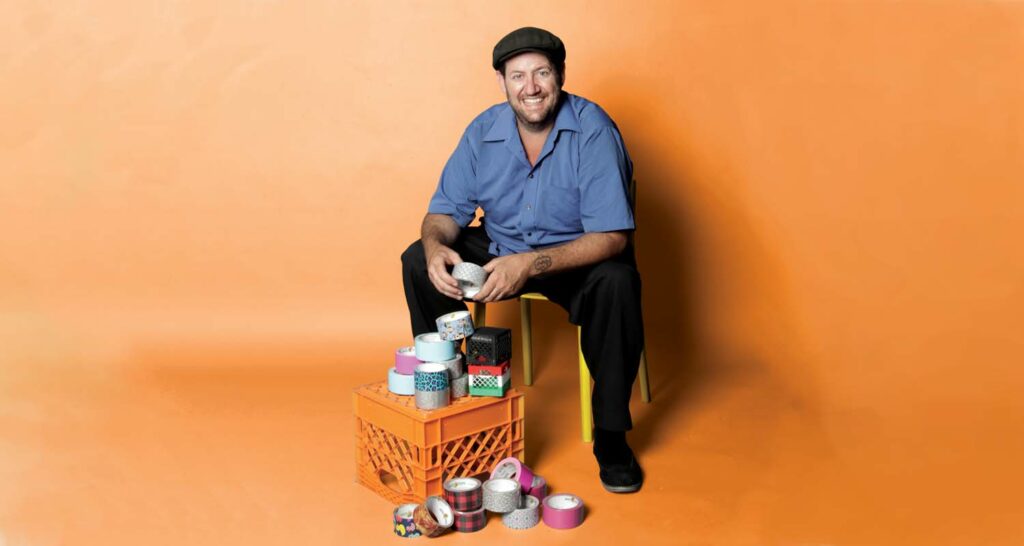Q&A with Art Academy’s New President
Meet Joseph Girandola, the Art Academy of Cincinnati’s (AAC) new president. During his seven-year tenure at the University of Cincinnati, Girandola oversaw all of UC’s graduate students in design, architecture, art, and planning (DAAP). He begins at the AAC in August.
Last week, we got to sit down and talk with him about his own artistic journey, and what he’s looking forward to as president of the AAC.
How did you get into art?
Girandola says he was doing creative work long before he realized it. As a kid growing up in Maryland, he was fascinated with cooking, and he helped his dad make meals for the family.
“And putting together ingredients, which I didn’t really know would become essential to how I made artwork… the idea that one simple ingredient could change the whole flavor of a meal.”
He was also determined to figure out how things work.
“I was taking apart everything from the washing machine to dishwashers to see how they worked. And I knew that I loved to work with my hands, but never knew what being an artist really meant.”
It wasn’t until Girandola was nineteen that he began to consider art as a trajectory in life.
“I was fortunate to become an apprentice stone carver, and that pretty much sealed my fate.”
His apprenticeship in Florence, Italy, ingrained in him the impact artists and designers can have on an urban environment. By simply walking through the streets, he was observing the work of expert practitioners—from cobblestones to doorknobs to artwork created for churches and cathedrals.
“And so for me, my life has been guided by that—noticing small little details in every urban environment to understand the necessity, now more than ever, of what artists can do, artists and designers, what they can do for society in making the world a better place.”
How did you get into the administration side of things?
“I’m the type of person that likes to say yes when people ask me “can you do this?”
After earning his MFA from the University of Georgia, Girandola went to Omaha, Nebraska, for an art residency at the Bemis Center for Contemporary Arts. The residency’s founder and director asked if he’d help her cook meals for the group, and he said yes. During that time, his eagerness to help other artists became more and more apparent.
“I would talk about my willingness to do anything for artists to make their lives easier, including assisting them with finding grants for their own practice.”
At the end of the residency, he was asked to stay and work there, eventually becoming the residency director. This meant writing grants for nonprofit arts organizations and learning as he went.
“I became a de facto artist and administrator at that point without really knowing it […] I think they’re the same basic ingredients to do both things. It includes passion, it includes skill, it includes knowing when to ask questions, and knowing to be fearless in asking those questions for assistance.”
And you’ve never stepped away from your own [artistic] practice?
“No, never. When my kids go to sleep, I go down and work in the studio. And whether that’s not making anything in the studio and just looking at what I’ve done the day before or the week before, I still consider that an idea-generation act of being in the studio. And for me, maintaining a studio practice I’ll never give up, it’s who I am as a person—it’s who I want to be as a mentor as well— is to let people know their practice is always alive.”
What’re the things you’re most excited to build on here at the AAC?
“I’m most excited about this downtown location for sure. To be in a truly urban environment. This is a place where artists and designers can solve many problems that exist with out-of-the-box thinking.”
While working with graduate students at DAAP, Girandola says he has been repeatedly impressed by the students coming from the AAC.
“I see in them a fearlessness to be bold to be empowered to express themselves. And that is a world I want to live in.”
What are things you’re curious about exploring more with the AAC?
“The more community engagement in social practice, the better. I want to completely look at programming for an educational degree to include that component in everything we do. What does empathy mean? What does truth mean? In every class, these need to be taught. What is our role as human beings in this society?
The Art Academy can take the lead in being a visionary program for creatives to understand how to make a better society through their practice. And being downtown in OTR and seeing the transformation of this part of the city and this part of the region, this is a place to make that happen.”
Girandola also wants to delve deeper into community partnerships and collaborations. He would love to see the AAC collaborate more fully with institutions such as the art museum, regional nonprofit arts organizations, and educational institutions such as UC, NKY, Miami, Mount St. Joe, and K-12 schools.
Can you speak briefly on duct tape?
“For sure. My passion for duct tape starts when I was a stone carver […] I wanted to have some kind of fingerless gloves that could protect my hands but also lock my wrists in place.
[…]
That created a practice of when I would cut off those duct tape gloves at the end of the day. I loved how they looked like these immaculate little sculptures caked in marble dust and the oil from the tools and from the grime and grit of a day’s work. And it reminded me of the fabric of the city of Florence.
[…]
And so since then, I’ve gone on to create duct tape classes with the support of this company Duct Brands duct tape. The founder of the company saw my work over 15 years ago, and we created a collaboration to fund students making giant works out of duct tape. Which has been amazing.
[…]
What I try to teach artists of this day and age, of any age, from kindergartners through masters and graduate-level students, is that the more they can collaborate with people outside that know more than them, the better they will produce their work.
[…]
Because for [an organization] it’s all about a story. And for artists, it’s all about a journey and a story. […] And the more we can connect with the stories we’re telling and the kind of journey we are on, the better we are able to connect, to get our practice out to the world.”
Anything else you would want students and faculty to know about you that they might not know?
Well, I have a passion for wood-fired pizza. I make wood-fired pizza ovens. I’ve created a mobile pizza oven, so we’ll have that hopefully at orientation here. And I like to teach people how to use the oven and make pizza so then they can operate it on their own.
And I also have an open-door policy to come and talk with me whenever students want, whenever faculty and staff want. […] I consider [my office] a welcome mat to the students, faculty, and staff. And to the community.
My goal is to have the art academy have an open door policy to everyone in the city. And that includes other academic institutions, other arts organizations, to the community, to the public.
We need to open the ground floor to the city, being a beacon of creativity, of arts and design in the city. We need to have an open access policy. And really look at the world in a way that builds upon the success of the faculty, staff, and students of the Art Academy of Cincinnati for 150 years. And really connect with our alums again to welcome them in a return of a resurgence of this excellence.
The article was written by Sarah Dupee.
